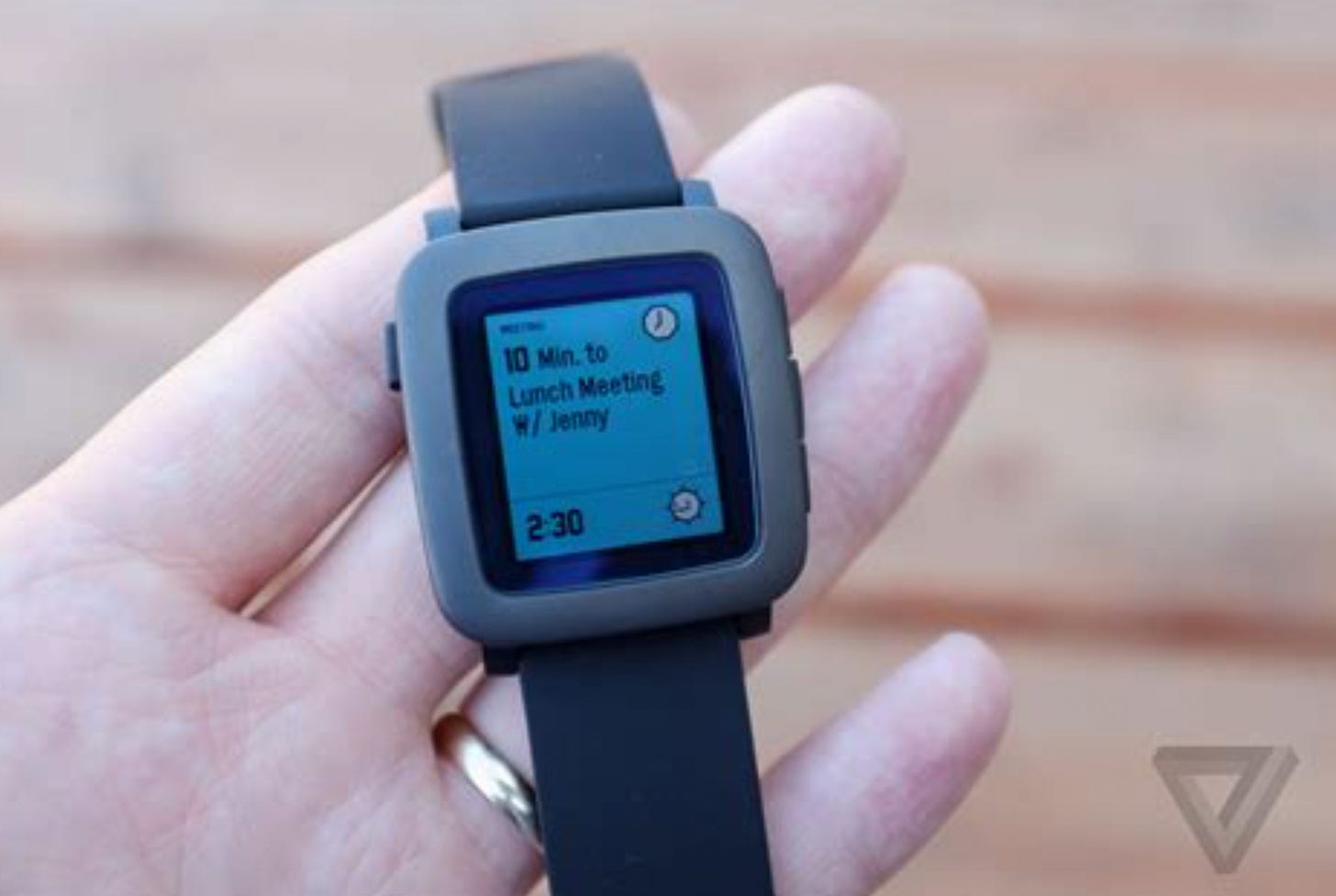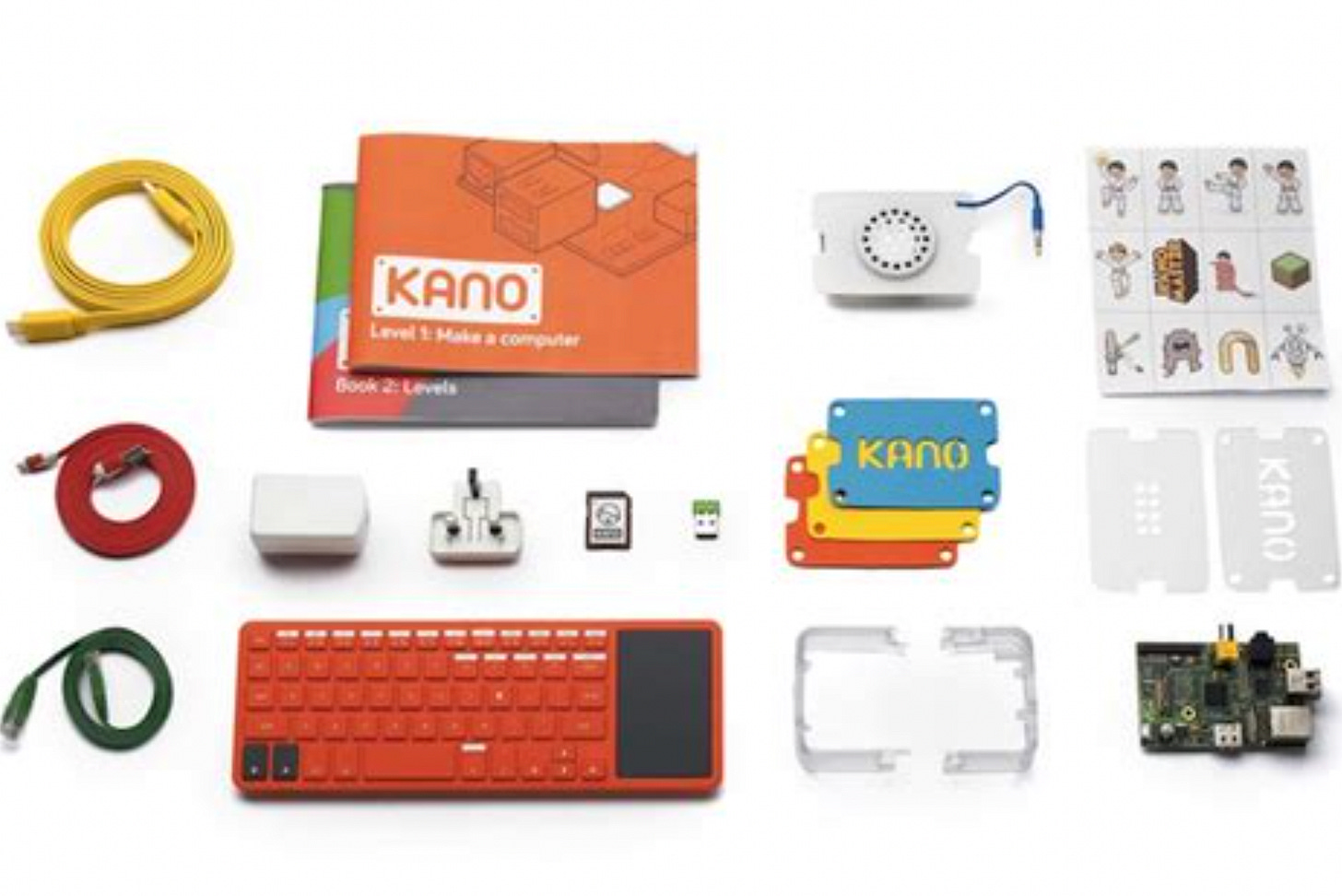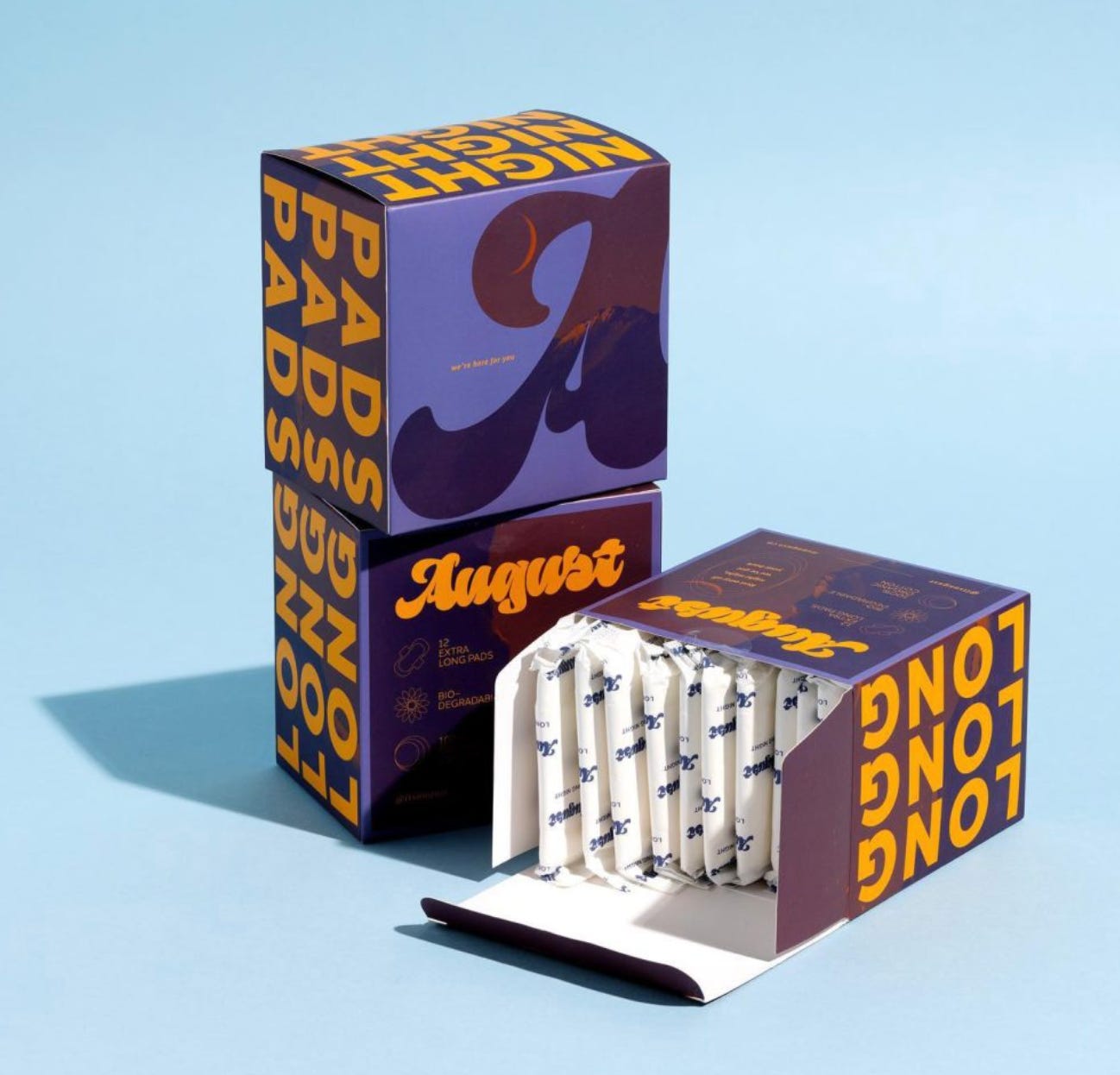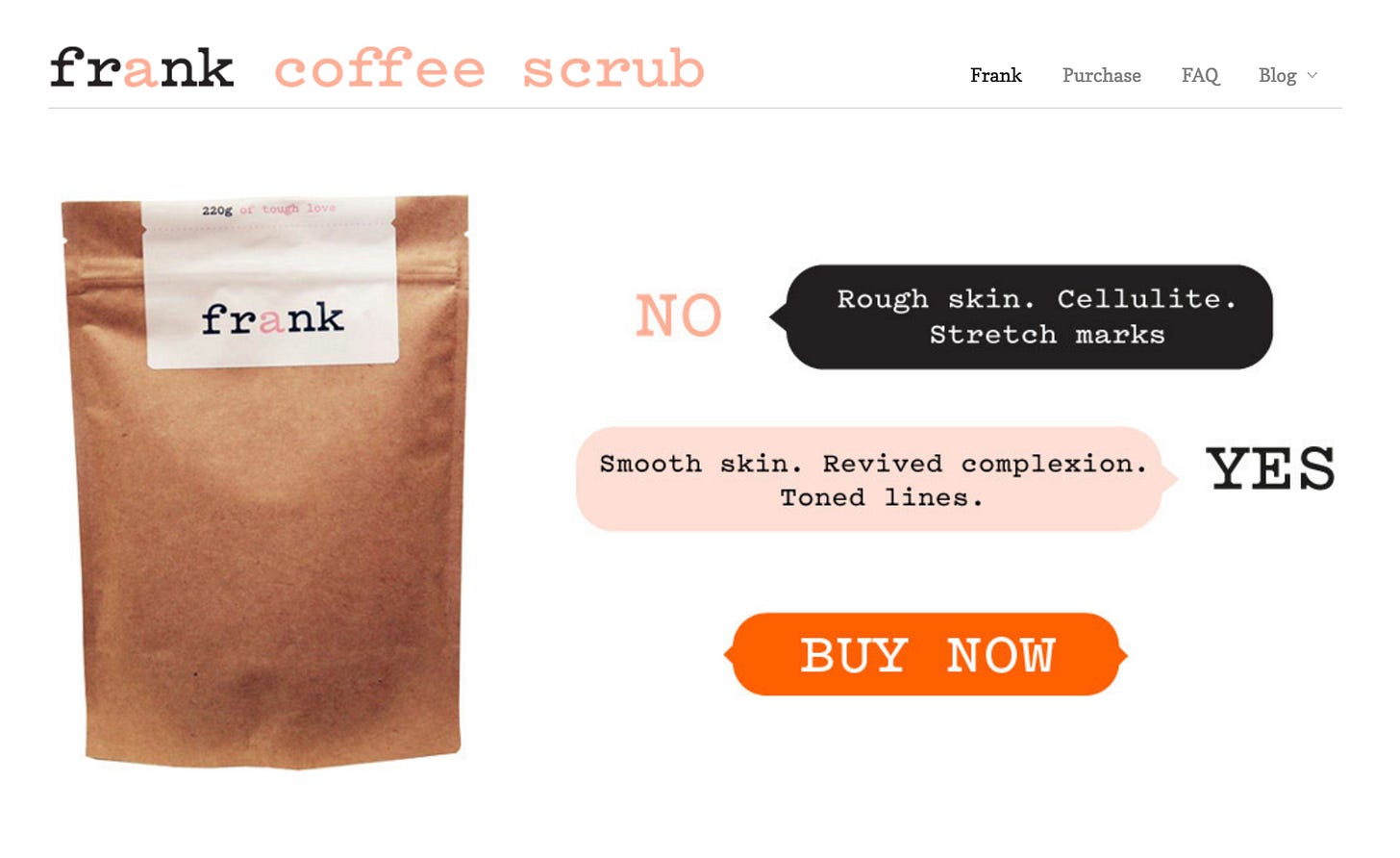How the MVP playbook has changed.
And why you need to build a minimum loveable product instead.
“Launch fast, cheap and iterate.”
We’ve all heard it. It was the mantra of those in the startup world for years and for a period of time, it was true.
But what makes a minimum viable product actually viable has shifted greatly in recent years.
Think back to the glory days of Kickstarter when we gave our hard earned money away on what was quite literally a promise and an idea - not a finished website or peer review to validate it and often not even a prototype. What used to be enough was different:
A landing page and a brand slapped together in canva, lacking finesse.
A working prototype without polish.
A functional, but unattractive product.
A scrappy, early-access waitlist.
The old ethos was to put these things out there and prove demand for the business.
But I argue that now it’s far more important to prove relevance to show the long term viability of a business. To be relevant as a brand means to integrate seamlessly into the cultural discourse, to be a leader and tastemaker, to give the customer a beautifully curated mirror in which they can see the best version of themselves. These things are almost impossible to achieve if we follow the old MVP playbook.
The rules have changed and if you don’t follow them the likelihood of success - of creating something that is actually viable - diminishes quickly.
So if you’re thinking of launching a business, in the midst of it, or are currently reviewing what went right or wrong for your launch, consider this weeks newsletter your bible as to what an MVP should look like in 2025 in order to launch a successful startup.
Let’s get acquainted with the Minimum Loveable Product (MLP)
Why have the rules changed for MVPs?
Audiences expect UX from day one.
Consumer expectations are high. We want finesse, polish and a strong design acumen. The brands we purchase are a reflection of ourselves and we want that reflection to look good. They want a seamless shopping experiences, clean app integrations and they demand exceptional customer service (rightly so). UX (user experience) needs to be considered holistically, not just as design and checkout language on a site, but what the entire experience of interacting with your brand is like; from the way it makes them feel to how long it takes to get a reply to your email.Brand matters earlier.
Early adopters now choose on feeling, not just function. The emotions are a brand can strike are just as important as the list of benefits populating your PDPs. If you’re only thinking in SEO, you’re completely forgetting that you’re selling to humans, not just google. Brands need to have far more fleshed out strategies, voices and content pillars for launch than than MVPs of yesteryear. Why? Because:Channels are noisier.
You don’t get multiple shots at attention like brands used to. Cutting through on digital channels - which is where most MVPs launch - is harder than ever. You need to build an audience to launch to and have something to say that is about more than product. People are sick of being sold to.
Let’s time-travel:
2013, the glory days of eCom and when we also launched frank body, were an incredibly different time. To replicate those playbooks now simply would not work.
A few examples from that era.
Pebble Watch (2013) – A blocky e-ink screen, rubber wrist strap, limited interface. Raised $10M on Kickstarter. Why? Because back then, innovation was novelty enough. Obvious changes to the product design would be required in the era of the Apple Watch, but in a babushka doll of acquisitions, Pebble was acquired by FitBit for $23million, and FitBit was later acquired by Google for $2.1billion making this a successful MVP.
Kano Computing (2013) – A DIY computer kit built around Raspberry Pi. Unattractive, clunky, magical. It sold the idea of teaching kids to code. The prototype felt raw but was revolutionary. The company raised over $1.5 million from 13,387 backers, at the time becoming the crowdfunding service's largest learning campaign. Now, the regulatory requirements, online discourse amongst “Mum influencers” and social proof required to sell anything aimed at minors would change a lot about how Kano would launch in 2025. Kano went into administration in 2025, despite raising over $44.5 million in venture funding over a decade.
In 2025, an MVP isn’t just about minimal functionality, it’s about delivering a mini brand experience that people fall in love with. Whether through beautiful packaging or a fluid, focused interface, or a strong cultural relevance, the new cohort of startups are leaning in on design, tone, and emotional resonance from day one.
MLPs getting it right:
August (2020) – A modern, sustainable period care brand. Their MLP? Posting 100 times a day on TikTok to gain traction and asking their Gen Z audience for feedback. "In today's day and age, for a founder to really build a successful brand, you have to listen to your customers," co-founder Nick Jain said to Business Insider. "When it comes to period care, most brands have failed to listen." Nadya Okamoto - the brains behind the idea and co-founder - is quoted as saying that their social-media strategy (which overtly showcased menstrual blood) was what drew more attention to August and persuaded more people to try the products. In fact, the first viral TikTok post drew 400,000 people to the company's website overnight, she said. The MLP is a great product built on community and content that speak to the heart of an issue - it is relevant to 50% of the worlds population. August shifted period care from a stigma to a statement; the product feels like part of a movement.
Notion (2016) - Notion launched with a straightforward MLP, focusing on a single core feature and targeting a specific user group: productivity enthusiasts and early adopters. By honing in on a clear value proposition and tight execution, Notion refined its product through feedback and built a deeply engaging experience before scaling. Today, Notion has grown into a widely beloved productivity platform with a passionate global user base and a valuation in the billions. Notion launched with $2m in seed funding in 2016 and has raised approximately $343 million across multiple funding rounds, including a standout $275 million Series C in October 2021, which valued the company at about $10 billion. As of late 2024, Notion reported surpassing 100 million users globally.
frank body (2013) - My own brand. Launched with a simple, single page website with a completely distinct brand voice and positioning that was the antithesis of it’s industry competitors. The brand didn’t look anywhere near as polished as it did 24 months later, but there was enough innovation with the brand to pique interest and a huge focus on community building with fostered trust and loyalty - and dare I say love - within our target demographic who were tired of being spoken at, not to. There’s a reason $10,000 seed capital grew into a business that could sell over 37million products since launch.
What should you take away from this?
There are still core principles of launching an MVP that are true. You need to:
Focus on solving one real pain point: As much as I harp on about emotional connections, you still need to have a product that solves a need and communicate that clearly. In strained economic times the duality is critical to success.
Don’t overbuild before you validate: For companies without pre-revenue funding there is an obvious consideration (and constrain) that cash flow has on what can be achieved. Invest in the right areas. We’ll discuss those later.
Be obsessed with feedback: If you’re not manning the customer service channels, reading reviews and actively asking for feedback you haven’t launched an MVP, you’ve launched a future failed venture.
Iterate fast, but not frantically: You need to strike the right balance of having enough time in market to draw insight but also be agile enough to act on those insights quick. Being decisive is a super power of a team launching an MVP.
What differentiates an MVP from an MLP is at the very heart of it - love for the brand. You need to think about community and emotion first, even if the product is an AI interface. You need to quality over quantity. You need to stand for something.
Aim to build something people will fall in love with, even if it’s just one thing.
From there, the world is your oyster.







